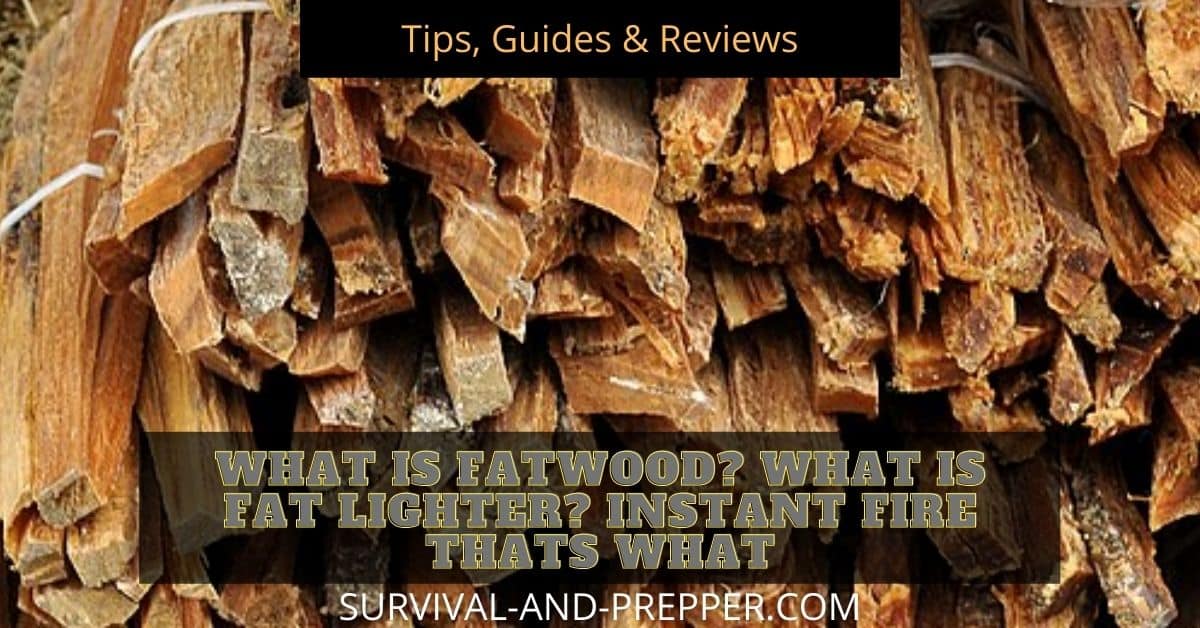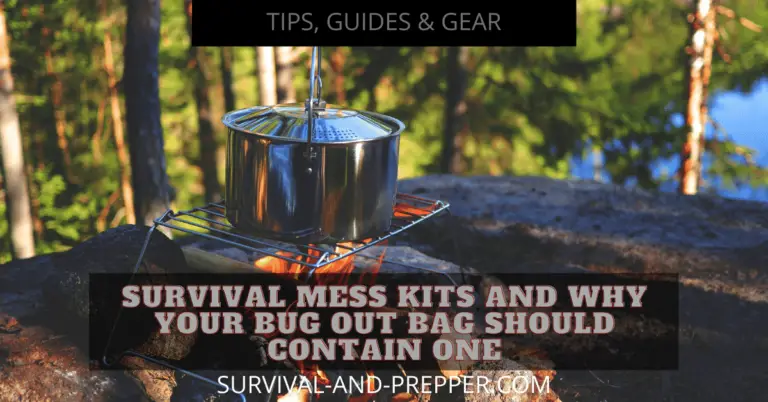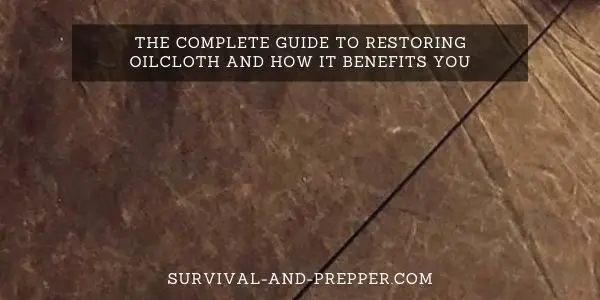What Is FatWood? What Is Fat Lighter?
Fatwood is often sought out as kindling for quickly starting fires. Due to the natural chemicals in pine sap fatwood tends to be very flammable. It ignites quickly even if wet and will burn hot enough to quickly light surrounding materials. This leads to the question of what is fatwood?
Fatwood or fat lighter is a form of pine wood that contains a large amount of resin or sap. This accumulation normally occurs when something breaks a pine tree while it is still living, resulting in the rising sap becoming trapped in the stump when the tree dies.
Fatwood originates from the heartwood of coniferous trees. With one of the more common producers being the longleaf pine located in the southeastern United States. The longleaf pine has long been valued for its higher than average pitch production.
When a tree falls or is cut down the stump and tap roots are left behind. These portions tend to contain a high level of resin which tends to be flammable. It is also possible to obtain this same type of heart wood at the points, where limbs intersect the main trunk.
Over time the “terpene” , a hydrocarbon contained within this resin, begins to evaporate. As this occurs the sap slowly transforms from the sticky substance we usually think of as sap and hardens into the reddish resin coated wood known as fatwood.
No matter which stage of hardening the fat lighter is, it will burn with ease unless it is saturated with water.
Is Fat Lighter and Fat Wood the Same Thing?
Fatwood is also known by the name of fat lighter, pine knots, lighter knot, rich lighter and lighter wood among other names. This is largely dependent upon the region that you’re in. By either name fatwood makes an excellent fire starter, especially in less than ideal conditions.
So with that being said, yes fat lighter and fatwood are in fact the same thing. Some people refer to the wood located in the main trunk at the points where limbs intersect as pine knots.
While this is more of a wood knot in the tree, the wood is actually very similar to that found in the trunk and the names can be used interchangeably.
Where Does Fat Lighter Wood Come From?
Fat lighter is most often located in the stumps of dead pine and other coniferous trees. These stumps will normally appear to be rotten but a quick kick with your foot will likely reveal that they are in fact quite sturdy still. This is an indication they likely contain fatwood.
Take an axe, hatchet or large bush knife and cut away the rotten wood on the outer edge. If the wood beneath contains resin it will be a yellowish to red color. The resin will also give off a very distinct almost turpentine like smell.
You can shave a small piece off and try to light this. If it is fatwood it will immediately ignite and burn readily. At this point I would harvest what you want from the stump.
Use it sparingly as a fire starter and one or two stumps could last you for an entire winter with ease.
One simple way you might be able to find some fatwood is checking with local firewood suppliers, they frequently locate it and would be happy to sell you some.
There are also retailers who sell fatwood or lighter wood in bother stick form and ground form. One example is this kit which includes a fire striker and is currently available on Amazon.
Learn How to Make Fat Lighter
While difficult to make actual fatwood it is possible but takes some time. When a pine is damaged it will attempt to move sap to that area in order to prevent infection and disease from getting into the tree.
You can use this by intentionally damaging the tree in several places over the span of a few months. This will cause sap to rise to those areas and attempt to heal the injury. The tree can then be cut down.
Move the sappy area somewhere and store it for a year up to several years until the sap hardens. This process can be sped up slightly if you have a wood kiln or similar device.
However, the more common way to produce a fatwood alternative is to soak pieces of wood in melted wax. When performing this process the thinner the slivers of wood the better they will work. In this method you are looking to split your kindling to about the size of birthday cake candles

Melt some candle wax or crayon wax in a tin can and dip these kindling pieces in the wax coating them. They can now be used as individual fire starters whenever needed. The wax will help protect them from the damp and assist with how well they burn as the wax is consumed when lit.
How to Use a Fatwood Firestarter
While there are some commercial uses the most common use for fatwood is as a fire starter. While you can readily burn fat lighter it is considerably more rare than other woods. Fatwood also burns much faster than most hardwoods do.
Because of this you want to use an assortment of small branches or kindling pieces from your main wood supply to build the beginnings of your fire. Once you are ready to light the fire, take a small piece of fatwood and prepare it to light your fire.
For this I prefer use a small piece that is around one inch square and five or so inches long. Using a sharp knife or hatchet, shave off small slivers that curl up.
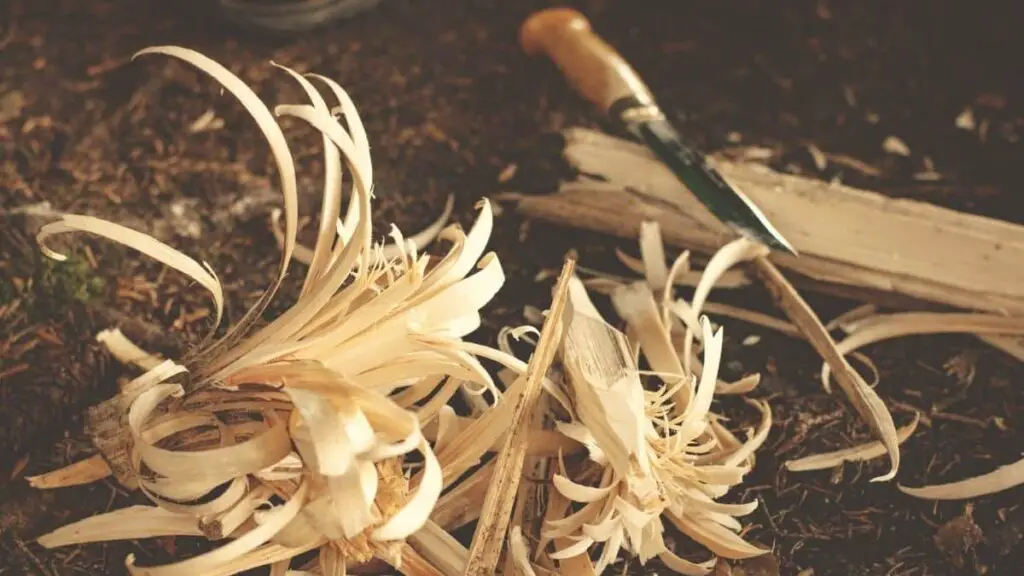
Bunch these curls up and place them under your other tinder. You can then light these curls. Due to the high flammability your fire should quickly ignite and burn without the need of adding anymore fatwood.
Where in the World Can I Find Fatwood?
Depending on the resource, there are between 105 and 125 species of resinous pine tree throughout the world.
The species that are usable as fatwood are located throughout Europe, Asia and North America. They can also be found in the Canary Islands, Iberian Peninsula and even in the philippines.
While not native to South America they have been introduced and can be found in limited quantities.
Nearly anywhere you have pine trees, there will be stumps that can contain fatwood.
Gather Up Your Fatwood and Try Your Hand at a Fire
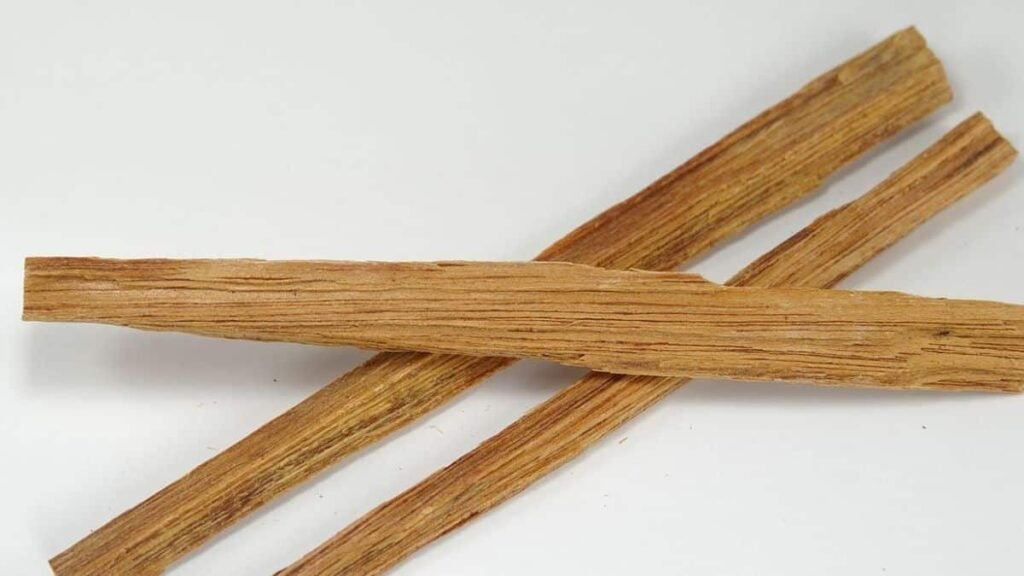
Now that you have the basics down in regards to what fatwood is and how to use it. Head out into the woods near your home and see if you can locate some. Remember to harvest a piece and use it sparingly so you always have a great fire-starting resource.
Check out our article on how to cook on a camp fire.
